Dog
Pomeranian Dog Best Bread Information

This delicate Pomeranian puppy stands out for its character and friendliness. He looks like a miniature fox. It has an upper coat of long, hard fur and a very dense undercoat, which gives it the appearance of a little ball of fur. Pomeranians can come in various colors (check the breed standard for more information). Adults measure between 18 and 30 cm, depending on the type and complexion. The ideal weight for adult males is 1.8 to 2 kg and for females 2 to 2.5 kg.
Pomeranian Personality

https://unsplash.com/photos/W6wBjQ17r4w?utm_source=unsplash&utm_medium=referral&utm_content=creditShareLink
He is a very lively little dog full of energy who remains faithful to his families. The Pomeranian loves to be taken and brought from there to here, but be careful and do not overdo it since they also need to walk on their own sometimes. He is an excellent watchdog, as he is quite a barker. Despite their sweet and affectionate character, care must be taken, especially in the case of younger children, since these dogs are quite fragile and it is not uncommon to see leg fractures.
Pomeranian Origin

https://unsplash.com/photos/VBkIK3qj3QE?utm_source=unsplash&utm_medium=referral&utm_content=creditShareLink
It seems almost certain that Pomeranians are descended from dogs that pull sleds in the Arctic and that they are also related to the Keeshond, the Norwegian elkhound and the Samoyed. The first reliable traces of this breed come from Pomerania, a region on the Baltic Sea coast, and date back to the 19th century, although these dogs were much larger (about 13 kilos). Litters of up to ten puppies were born there and, very soon, the smallest of the litters became the favorites. By the mid-19th century, the breed had spread to other European countries, and in 1888, Queen Victoria of England fell in love with the breed, fueling the popularity of the Pomeranian. British breeders bred them for increasingly smaller size and more abundant fur.
Pomeranian Health

https://unsplash.com/photos/CfDAo3C3bvQ?utm_source=unsplash&utm_medium=referral&utm_content=creditShareLink
As with many small breeds, the Pomeranian can suffer from temporary displacement of the patella (patella dislocations). Other common problems in the Pomeranian are eye conditions, a disease that causes hair loss and problems with the trachea that make it cough frequently.
Pomeranian Exercise

https://unsplash.com/photos/RxqEbllziIw?utm_source=unsplash&utm_medium=referral&utm_content=creditShareLink
The Pomeranian requires little effort in terms of daily exercise and short walks or a little run in the garden will suffice. However, it can travel considerable distances without tiring.
Pomeranian Nutrition

https://unsplash.com/photos/JJ-SuYfkMUU?utm_source=unsplash&utm_medium=referral&utm_content=creditShareLink
Companion dogs have fast metabolisms, which means they burn energy at a very high rate. This means that, with such a tiny low abdomen, they have to eat very little however usually. tiny breed foods area unit specifically designed with the correct ratios of key nutrients and smaller grain sizes to suit smaller mouths. This additionally stimulates manuduction and improves digestion.
Pomeranian Cleanliness
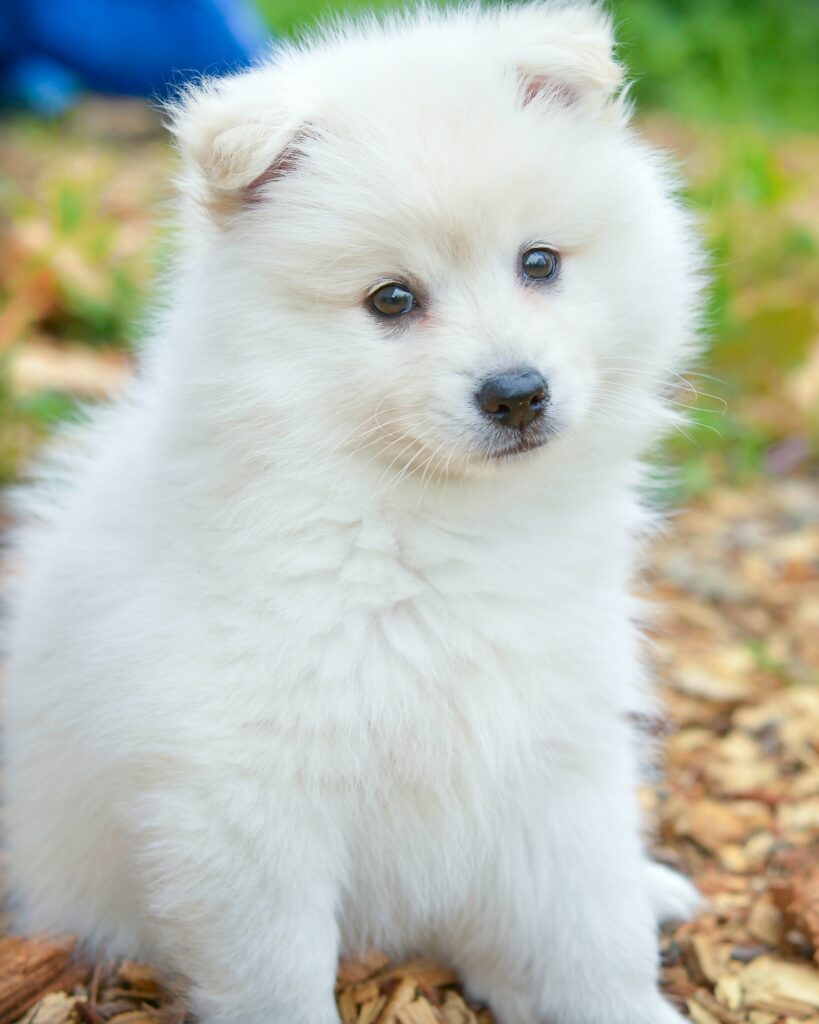
https://unsplash.com/photos/NR2eMg9zXxA?utm_source=unsplash&utm_medium=referral&utm_content=creditShareLink
During adolescence, increasing the frequency of brushing is necessary to help shed the coat, although when the hair has already shed, brushing can be reduced to a couple of times a week. Check regularly that there are no tangles in the undercoat. Do not use a comb with too fine teeth, as this could damage the undercoat and reduce volume. You should comb his coat thoroughly with a coarse-toothed comb, then brush it lightly. From time to time you have to trim the hair around the foot.
Best Dog Breeds For Children

https://unsplash.com/photos/xpQQLDlD7uI?utm_source=unsplash&utm_medium=referral&utm_content=creditShareLink
Although most dogs are traditionally good with children, all dogs and children need to be taught to get along and respect each other in order to be safe. Still, dogs and young youngsters ought to ne’er be left alone, and adults ought to supervise all interactions between them. the breed had spread to other European countries, and in 1888, Queen Victoria of England fell in love with the breed, fueling the popularity of the Pomeranian. British breeders bred them for increasingly smaller size and more abundant fur. Despite their sweet and affectionate character, care must be taken, especially in the case of younger children, since these dogs are quite fragile and it is not uncommon to see leg fractures.
Dog
Wheelchairs for Dogs Enhancing Mobility and Quality of Life
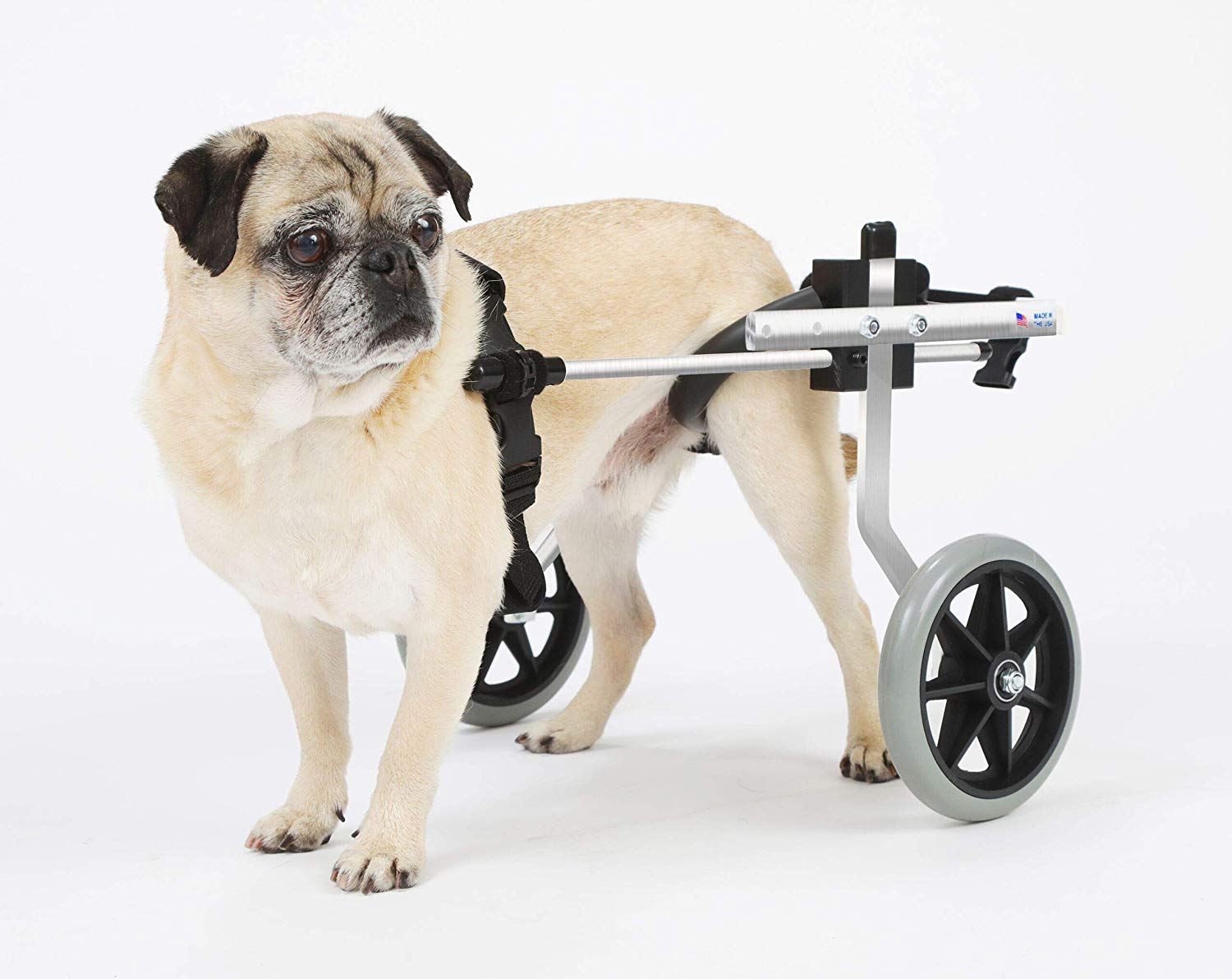
For many pet owners, dogs are more than just animals they’re cherished companions who bring immense joy and companionship. Unfortunately, some dogs experience mobility challenges due to injuries, illnesses, or congenital conditions that affect their ability to walk or run. Fortunately, technological advancements and innovative solutions have paved the way for the creation of specialized wheelchairs designed specifically for dogs. These devices play a crucial role in improving the mobility and overall quality of life for these beloved pets.
Understanding the Need for Dog Wheelchairs
Dogs can encounter mobility issues due to various reasons, including spinal injuries, degenerative diseases, neurological disorders, and limb amputations. Such conditions can severely limit a dog’s movement and impact their independence. Wheelchairs for dogs provide essential support by assisting in weight-bearing, enabling them to move freely, exercise, and engage in regular activities without excessive strain or discomfort.
Design and Functionality of Dog Wheelchairs
Dog wheelchairs are custom-built devices tailored to fit the unique anatomy and size of different dog breed. These wheelchairs typically consist of a frame, wheels, straps or harnesses, and padding for comfort. The design varies based on the dog’s needs rear support for hind limb weakness, front support for forelimb disabilities, or full-body support for dogs with more complex conditions.
Most wheelchairs are adjustable, allowing for modifications as the dog’s condition progresses or changes. They’re lightweight and crafted from durable materials to ensure ease of movement and durability. Some models even come with accessories such as all-terrain wheels for outdoor adventures or additional support for stability.
Benefits of Using Wheelchairs for Dogs
The advantages of dog wheelchairs are manifold. Primarily, these devices restore mobility and independence, enabling dogs to move around freely, exercise, and participate in activities they previously enjoyed. Enhanced mobility helps prevent muscle atrophy, maintains joint flexibility, and contributes to better overall health.
Additionally, wheelchairs can improve a dog’s mental well-being by reducing frustration and anxiety associated with limited movement. It fosters a sense of normalcy and allows them to remain an active part of their family’s life. Moreover, dog wheelchairs can alleviate the burden on pet owners, making it easier to care for their disabled pets and reducing the risk of caretaker burnout.
Adoption and Adaptation to Dog Wheelchairs
Introducing a dog to a wheelchair requires patience and positive reinforcement. Initially, some dogs may be hesitant or uncomfortable with the device. Training and gradual introduction play a crucial role in helping them adapt. Encouraging them with treats, short sessions, and gentle guidance can help dogs become accustomed to the wheelchair.
It’s essential to monitor the dog’s comfort and make necessary adjustments to ensure the wheelchair fits properly without causing any discomfort or chafing. Regular checks and proper maintenance are vital to ensure the wheelchair remains functional and comfortable for the dog.
Impact on the Pet-Owner Relationship
The use of wheelchairs can deepen the bond between pets and their owners. Owners often witness their dog’s determination and resilience, strengthening their emotional connection. Furthermore, the satisfaction derived from witnessing their pet’s improved quality of life reinforces the sense of companionship and care.
Conclusion
Wheelchairs for dogs are invaluable tools that significantly improve the lives of disabled or mobility-impaired pets. These devices not only restore freedom of movement but also contribute to the overall well-being and happiness of the dog. The advancements in veterinary medicine and technology continue to drive innovation in creating more tailored and effective solutions, providing hope and support for dogs and their loving owners.
Through these wheelchairs, dogs can continue to enjoy a fulfilling life, filled with love, play, and companionship, reaffirming the timeless bond between humans and their furry companions.
Dog
Understanding Dog Constipation
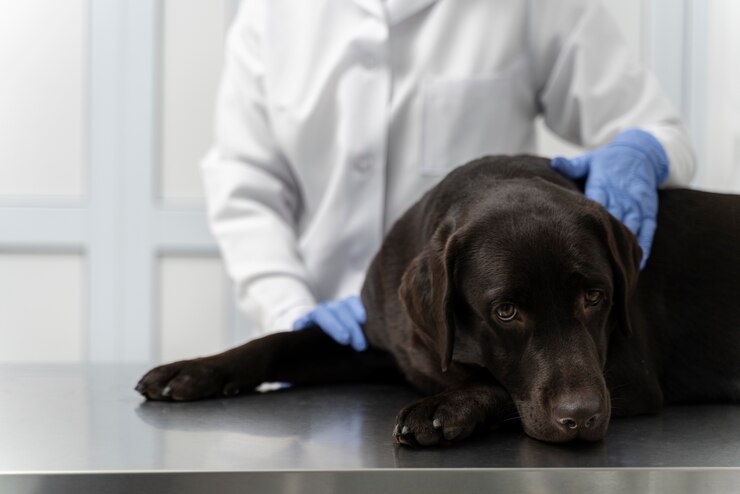
Dogs are cherished friends that are renowned for their lively nature and unwavering devotion. But just like people, dogs can have health problems, and constipation is a typical ailment that they face. It’s critical for responsible pet owners to be aware of the warning symptoms, comprehend the underlying causes, and understand how to treat and avoid constipation in dogs.
What Is Constipation in Dogs?
Constipation in dogs is the inability to easily pass stool due to irregular or difficult bowel motions. Dogs typically urinate once or more times a day, according to their age, diet, and general health. Constipation in dogs results in firm, dry stools that are difficult to pass, which can be uncomfortable and possibly lead to health issues.
Dog constipation causes:
Dog constipation can be caused by a number of things, such as:
- Dietary Problems: Constipation may result from abrupt dietary changes or inadequate fiber consumption. Low-fiber diets might cause firmer, more difficult-to-pass stools.
- Dehydration: Drinking too little water can make the body absorb additional moisture from the feces, which makes it harder to pass and dry.
- Absence of Exercise: Getting regular exercise encourages bowel movements. Dogs that lead sedentary lives may be more prone to constipation.
- Obstructions: Eating non-digestible materials such as hair, bones, or foreign objects can clog the digestive track and cause constipation.
- Underlying Medical Conditions: Disorders such enlarged prostates, anal gland disorders, neurological diseases, or digestive system cancers can cause
Symptoms of Dog Constipation:
Identifying constipation symptoms in dogs is crucial for early intervention. Look out for the following signs:
- Straining: Continuous attempts to defecate with little or no results is a telltale sign of constipation.
- Dry, Hard Stool: Stools that are dry, hard, and smaller than usual indicate constipation.
- Abdominal Discomfort: Your dog may show signs of discomfort, such as restlessness, whining, or a hunched posture due to abdominal pain.
- Loss of Appetite: Constipated dogs might lose their appetite or show a decreased interest in food.
- Vomiting: In severe cases, constipation can lead to vomiting, as the gastrointestinal tract becomes impacted.
Treating Dog Constipation:
If you suspect your dog is constipated, it’s essential to consult a veterinarian for proper diagnosis and treatment. However, some measures can help alleviate constipation:
- Dietary Changes: Adding fiber-rich foods like pumpkin, sweet potatoes, or bran to your dog’s diet can soften stools and facilitate bowel movements.
- Hydration: Ensure your dog has access to fresh water at all times. Increased water intake helps soften stools and promotes bowel movements.
- Exercise: Regular exercise aids digestion and encourages bowel movements. Take your dog for walks or engage in active play sessions.
- Medication: Your vet may prescribe stool softeners or laxatives to help your dog pass stools more comfortably.
- Enemas or Manual Extraction: In severe cases, a veterinarian may need to perform an enema or manually extract the impacted stool under sedation.
Preventing Dog Constipation:
Prevention is key in managing constipation in dogs:
- Balanced Diet: Feed your dog a well-balanced diet with adequate fiber content to promote healthy digestion.
- Hydration: Ensure your dog drinks enough water to maintain proper hydration levels.
- Regular Exercise: Incorporate regular physical activity into your dog’s routine to support gastrointestinal health.
- Monitor Health: Regular veterinary check-ups can help detect and address any underlying health issues that may lead to constipation.
Conclusion
Dog constipation can be uncomfortable and concerning for both pets and owners. By understanding the causes, recognizing symptoms, and taking preventive measures, pet owners can help their dogs maintain healthy digestion and overall well-being. Consulting a veterinarian for proper diagnosis and guidance is essential in managing and preventing constipation in dogs.
Dog
Introduction to Hill’s Science Diet for Your Pets

Hill’s Science Diet is a trusted brand in pet nutrition, offering a range of premium pet food products that are designed to meet the unique nutritional needs of dogs and cats. With a focus on high-quality ingredients, balanced nutrition, and rigorous testing, Hill’s Science Diet products have become a staple in many pet owners’ homes. In this article, we’ll take a closer look at Hill’s Science Diet, its history, and the benefits it offers for your pet.
The History of Hill’s Science Diet
Hill’s Science Diet was founded by a veterinary surgeon named Dr. Mark L. Morris Sr. in the early 1930s. Dr. Morris was a pioneer in pet nutrition, and he was committed to improving the health and well-being of dogs and cats through better nutrition. Over the years, Hill’s Science Diet has continued to evolve and innovate, always staying at the forefront of pet nutrition research and development. Today, Hill’s Science Diet is a well-known and respected brand in the pet food industry, and it continues to be dedicated to providing high-quality, nutritious food for pets.
Why Choose Hill’s Science Diet for Your Pet
There are many reasons to choose Hill’s Science Diet for your pet. First and foremost, Hill’s Science Diet products are made with high-quality ingredients, carefully chosen to provide balanced nutrition for dogs and cats. This means that your pet will receive all the nutrients they need to maintain optimal health and well-being. Additionally, Hill’s Science Diet products undergo rigorous testing to ensure that they are safe and effective for pets.
Hill’s Science Diet for Different Life Stages
Hill’s Science Diet offers a range of products that are specifically designed for different life stages, from puppies and kittens to adult dogs and cats, and even senior pets. This means that you can choose a product that is tailored to your pet’s specific needs, ensuring that they receive the best possible nutrition at every stage of their life. Whether you have a growing puppy, a mature adult dog, or an aging cat, Hill’s Science Diet has a product that is right for your pet.
Hill’s Science Diet for Specific Health Conditions
In addition to life stage-specific products, Hill’s Science Diet also offers products that are designed to address specific health conditions. This includes products for pets with food sensitivities, digestive issues, weight management, and more. If your pet has a special health need, Hill’s Science Diet has a product that can help.
Hill’s Science Diet and Pet Care Community
Hill’s Science Diet is more than just a brand of pet food – it’s a community of pet owners, veterinarians, and pet care experts who are dedicated to improving the lives of pets. Hill’s Science Diet offers a range of resources, including educational articles, videos, and more, to help pet owners learn about pet nutrition and care. Additionally, Hill’s Science Diet is involved in numerous charitable initiatives, including supporting animal shelters, providing disaster relief to pet owners, and more.
Conclusion
Hill’s Science Diet is a premium brand of pet food that offers high-quality, nutritious products for dogs and cats. With a focus on balanced nutrition and rigorous testing, Hill’s Science Diet products are a great choice for pet owners who want to give their pets the best possible care. Whether you have a young puppy, an adult dog, or an aging cat, Hill’s Science Diet has a product that is right for your pet. So why not try Hill’s Science Diet for your pet today and see the difference for yourself?
-

 Exotic1 year ago
Exotic1 year agoChoosing Koi Fish From Petsmart
-

 Turtle2 years ago
Turtle2 years ago8 Best Filters For Turtle Tanks
-

 Turtle2 years ago
Turtle2 years agoPetSmart Crabs – The Right Way to Care For Your Pet Crabs
-

 Exotic10 months ago
Exotic10 months agoBuying a Bearded Dragon For Sale From PetSmart? Read This First
-
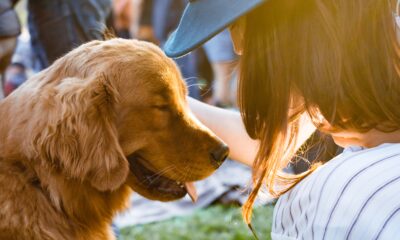
 Login10 months ago
Login10 months agoanimal shelters near me
-

 CAT1 year ago
CAT1 year agoBuying a Whisker City Water Fountain
-

 Dog2 years ago
Dog2 years agoLarge Münsterländer And Its Breed In 2022
-
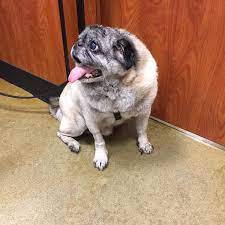
 Dog10 months ago
Dog10 months agoWhat You Can Find at a PetSmart in Chicopee, Texas
